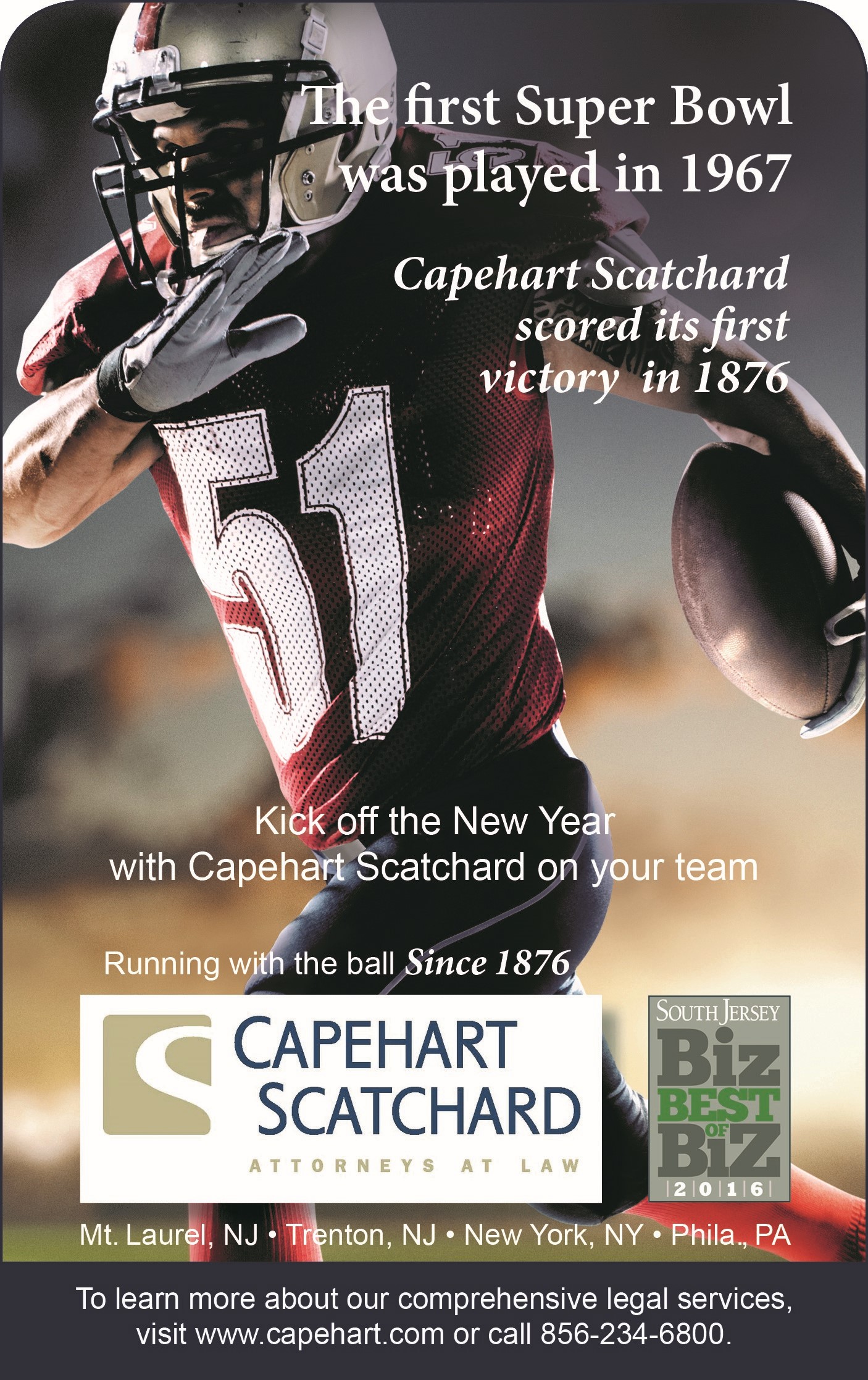Permanency Standard of Proof – Perez I, II and III
It is an uncanny coincidence that three of the most important post-1980 cases dealing with the quality of proofs for permanent disability all begin with the name of Perez. Thus, these three claimants, all unrelated presumably, have left their mark on New Jersey law as Perez I, II, and III. Perhaps the most important case of all since the 1979 amendments is Perez #1, known as the case of Perez v. Pantasote, 95 N.J. 105 (1984). It is this decision that clarifies the definition of permanent disability outlined above. Perez #1 was the first and most lucid definition of the need for objective medical evidence of restriction of the body or body member. The need for this type of evidence is the underpinning of any award in workers’ compensation, and it applies to both traumatic and occupational claims in the sense that all compensation awards must reflect objective medical evidence. Without that there can be no award.
The statutory definition of permanent, partial disability is contained in N.J.S.A. 34:15-36 but the Supreme Court opinion in Perez #1 offers a much more complete understanding of the operative standard. This case is one of the most important cases for adjusters and human resource personnel to know. The case is also important because it makes abundantly clear that New Jersey is not a wage loss state, although loss of wages can impact the amount of permanent disability benefits a worker may receive as is noted in Perez #3 discussed below. The basic formula for compensation is set forth in Perez #1, namely that there be proof of the following in all cases:
1. Demonstrable objective medical evidence of a functional restriction of the body, its members or organs; PLUS,
2. Either a lessening to a material degree of working ability, or if not, whether there has been a disability in the broader sense of impairment in carrying on the ordinary pursuits of life.
Most claimants have returned to work by the time the issue of permanency is raised, so that the focus tends to be on objective medical evidence and the impact on the ordinary pursuits of life. Both parties send the injured worker for an independent medical examination in which the extent of disability is considered. It is rather common for the independent examiners to have dramatically different estimates of disability and sometimes even different results on range of motion tests. However, the Supreme Court of New Jersey does not place much credence in cases where the only abnormality is alleged decreased range of motion testing. In Colon v. Coordinated Transport, Inc., 141 N.J. 1 (1995) the court commented as follows: “We are persuaded that ordinarily a diminution in range-of-motion alone will not satisfy the ‘demonstrable objective medical evidence’ standard required to support an award of partial-permanent disability. Most range-of-motion test results are subjective responses of the patient, especially when there is no physical manifestation that is observable by a medical expert.” Id. at 10.
Perez #2 is the case of Perez v. Monmouth Cable Vision, 278 N.J. Super. 275 (App. Div. 1994), certif. denied, 140 N.J. 277 (1995). This case focuses not so much on the requirement of objective medical evidence but on the meaning of having a substantial impairment of the ordinary pursuits of life. As Perez #1 makes clear, one must have more than just proof of objective medical evidence. There must also be proof of a lessening to a material degree of working ability, or a substantial impairment of non-work activities. The case of Perez #2 is the first case to discuss the threshold to prove a diminution of ordinary pursuits of life.
Perez #2 involved an injury to the petitioner’s right hand resulting in an award of 12.5% of the hand. Respondent appealed the award, arguing that petitioner did not prove a substantial impairment of non-work or work activities. Respondent seemed to have a very good point here since petitioner only gave the following complaints in that regard:
1. loss of grip strength in the right hand because of difficulty using the thumb;
2. pain in the wrist, noticeable when playing with his children;
3. not playing volleyball as well as he used to, although he played every week for two hours;
4. not being able to do as much weightlifting as in the past, although he still did it.
The court found no evidence of any impairment of working ability but unfortunately did find that these complaints of pain and loss of some function were enough to prove an impairment in the ordinary pursuits of life.
The lesson of Perez #2 is that once a claimant proves objective medical evidence, it is relatively easy for the claimant to prove an impairment in the ordinary pursuits of life because the courts tend to look at the objective medical evidence as corroboration of the petitioner’s subjective statements regarding activities that he or she has curtailed or given up. There is no real threshold on what constitutes proof of an impairment of ordinary pursuits of life.
This point was driven home in Akef v. BASF Corp., 305 N.J. Super. 333 (App. Div. 1997). In that case the petitioner established that he developed azoospermia (sterility) as a result of his work with BASF. The judge of compensation found that “petitioner suffered no permanent disability … from the azoospermia because he suffered no functional loss in the workers’ compensation sense of the word.” However, the judge did award neuropsychiatric disability due to depression, but on appeal the appellate court held that the petitioner should have received an award of permanent disability because this condition impaired the petitioner’s ability to carry on the ordinary pursuits of life.
Perez #3 is Perez v. Capitol Ornamental, 288 N.J. Super. 359 (App. Div. 1996). This case deals mostly with the other criterion, namely the impact on working ability. The petitioner in Perez #3 suffered a herniated disc. He had very little education and worked as a farm laborer in Puerto Rico and in landscaping and construction in the U.S. After his laminectomy he continued to have problems with his back and applied to the Division of Vocational Rehabilitation for job training. The Division sent him to the Mental Health Clinic for psychiatric treatment. Petitioner was out of work for years after his accident, and even though a young man he could not find work. Even respondent’s evaluating doctor, who estimated 12.5% permanent partial disability, commented that petitioner could not return to his former job. However, respondent’s evaluator stated at trial that he did not consider this factor when he gave his estimate of 12.5%.
The court awarded 32% permanent partial disability, which was over the 30% threshold for the petitioner to obtain higher rates, but much less than petitioner apparently thought he was entitled to. The compensation judge commented that “…the award which I presented in my opinion was determined on a basis and with the purpose of being consistent with similar injuries previously presented to me for disability determination.” Id. at 366. The Appellate Division reversed and remanded mainly because of this comment, which the Appellate Division took to mean that the compensation judge had not really considered the difference between a person with a herniation who gets back to work and one such as the petitioner who cannot return to his work. The appellate court’s comments spell out that compensation judges must take the impact on work into account, and where there has been a severe impact on work respondents can expect an award to be much higher than a comparable medical condition in a person who gets back to work:
Clearly, an educated person who earns his living reading, writing and performing other sedentary duties, having the same injury and the same residuals as the petitioner here, may have the same orthopedic disability as the petitioner. However, that same person is less disabled in terms of an ability to work than this petitioner, an illiterate laborer who is incapable of doing anything more than the job which his orthopedic disability prevents him from doing. The Workers’ Compensation judge erred in failing to consider these relevant factors in assessing this petitioner’s award.
Id. at 370.
The message from Perez #3 is that cases should be valued higher where the injury causes a career change or career loss as compared to a similar injury with no career change or career loss. While courts seem to assume that any objectively proven injury will have an impact on the ordinary pursuits of life (see Perez #2), having an abundance of complaints about an impact on the ordinary pursuits of life may not affect the compensation judge’s overall evaluation of the award. This may be because such testimony tends to be subjective in nature. By contrast, courts must compensate workers for career changes caused by the accident. One of the biggest mistakes defense counsel and adjusters can make in light of Perez #3 is to plug in a certain case value for all one-disc herniation cases or all operated meniscal tear cases. That sort of analysis will not do where there has been a significant impairment of working ability, particularly where one cannot return to the former job.








Connect with Capehart Scatchard